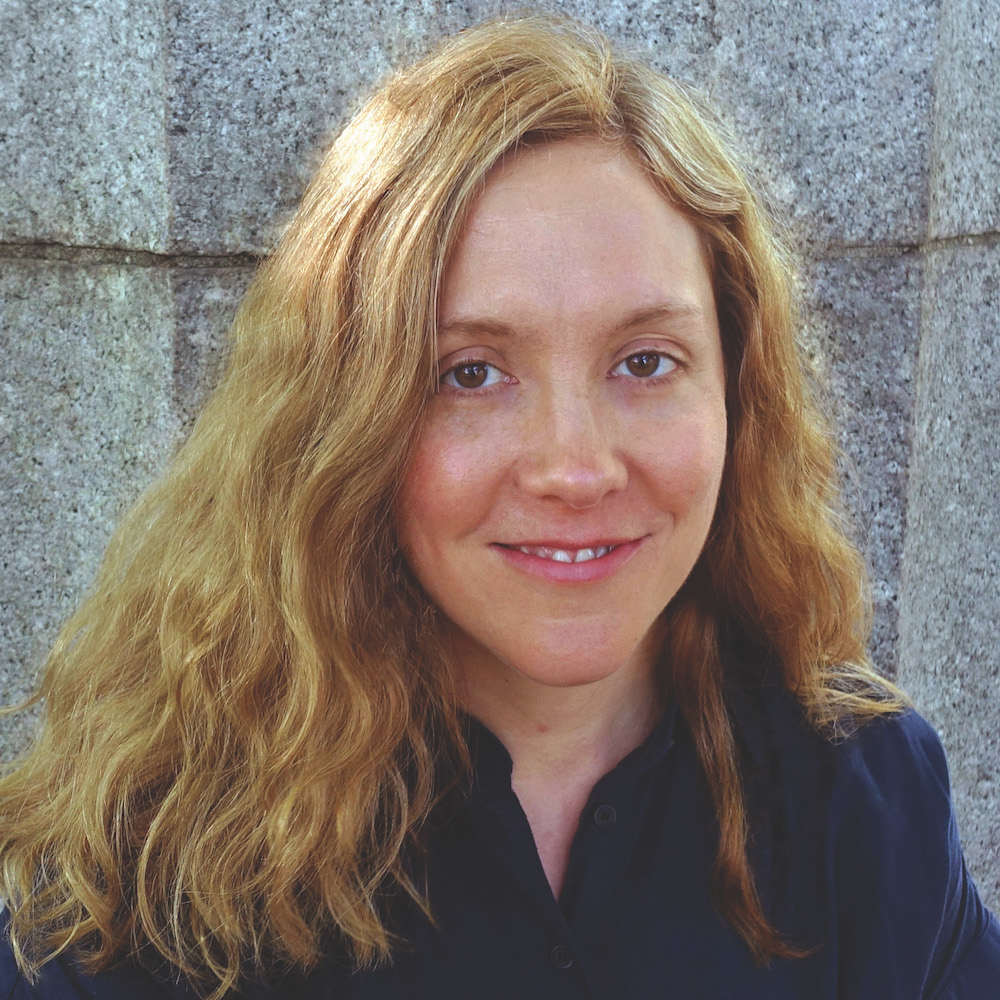“When I get stuck on the question of what’s happening in a piece of fiction, when my words feel stilted or dull, I like to read a bit of Lyn Hejinian’s My Life (Burning Deck, 1980). The book consists of thirty-seven prose poems, each one corresponding to a year of Hejinian’s life, each one exactly thirty-seven sentences long. It’s a kind of autobiography, but it’s not narrative—instead, it’s moments, details, language. Freed from the strict confines of a more traditional sense of story, I think about feeling and movement. My mind makes associative connections, wandering to the fictional world I’m struggling with, landing on details of my own life that feel mysterious and charged. My reading lets me tiptoe around the outside of what I’m working on; I can peer through a side window and find something unexpected from that new vantage point. And while this freedom is generative, Hejinian’s use of constraints inspires me, too. A set structure offers a way to make sense of gathered impressions—a way to find patterns and echoes, to tease out emotional meaning. I love thinking about structure, which brings a sense of propulsion, and maybe, paired with the fresh details I’ve discovered, a way to inch forward.”
—Heidi Diehl, author of Lifelines (Houghton Mifflin Harcourt, 2019)
Heidi Diehl
Writer Photo:
Writer Photo Credit:
Steve Gunn
Date:
- June 20, 2019
Share:




